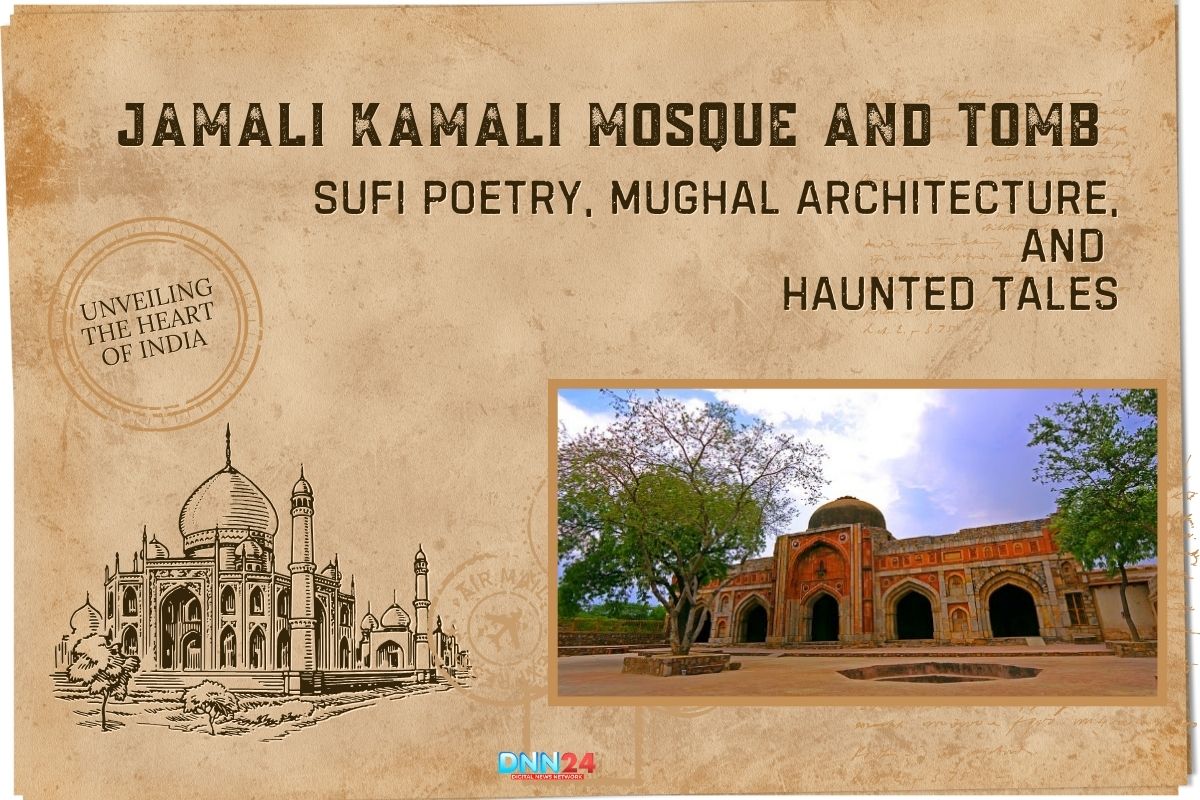In the middle of Delhi’s bustling chaos, where glass towers stand tall and traffic never sleeps, there lies a quiet space that takes you centuries back in time. Hidden in the Mehrauli Archaeological Park, the Jamali Kamali Mosque and Tomb quietly share timeless stories of India’s faith, poetry, and history. Built in 1528–1529, during the reign of Emperor Humayun, this monument is not just a structure of stone and mortar; it is a place where poetry, mysticism, and architecture intertwine.
Named after Shaikh Fazlullah, popularly known as Jamali, a Sufi saint and poet whose fame reached the courts of both the Lodi and the Mughals, this complex also houses the tomb of Kamali, a mysterious figure believed to have shared a deep companionship with Jamali. Their final resting place, side by side, has for centuries fascinated historians, travellers, and spiritual seekers.
Often overshadowed by grand monuments like the Qutub Minar or Humayun’s Tomb, Jamali Kamali is a hidden jewel in Delhi’s historical landscape. For those who take the effort to walk its path, the reward is immense: a serene sanctuary where history breathes softly and mystery lingers in the air.
The Spiritual and Cultural Importance of Jamali Kamali
The Jamali Kamali complex is more than a piece of Mughal history; it is a mirror reflecting the cultural and spiritual traditions of 16th-century Delhi.
Jamali, known variously as Shaikh Fazlullah, Jalal Khan, or Jamali Kamboh, was a highly respected Sufi mystic and poet. His Persian-influenced verses spoke of divine love, inner purity, and the human soul’s journey toward God. His spiritual wisdom won him a place in the royal courts of the Lodi rulers, and later under Babur and Humayun, the earliest Mughal emperors of India.
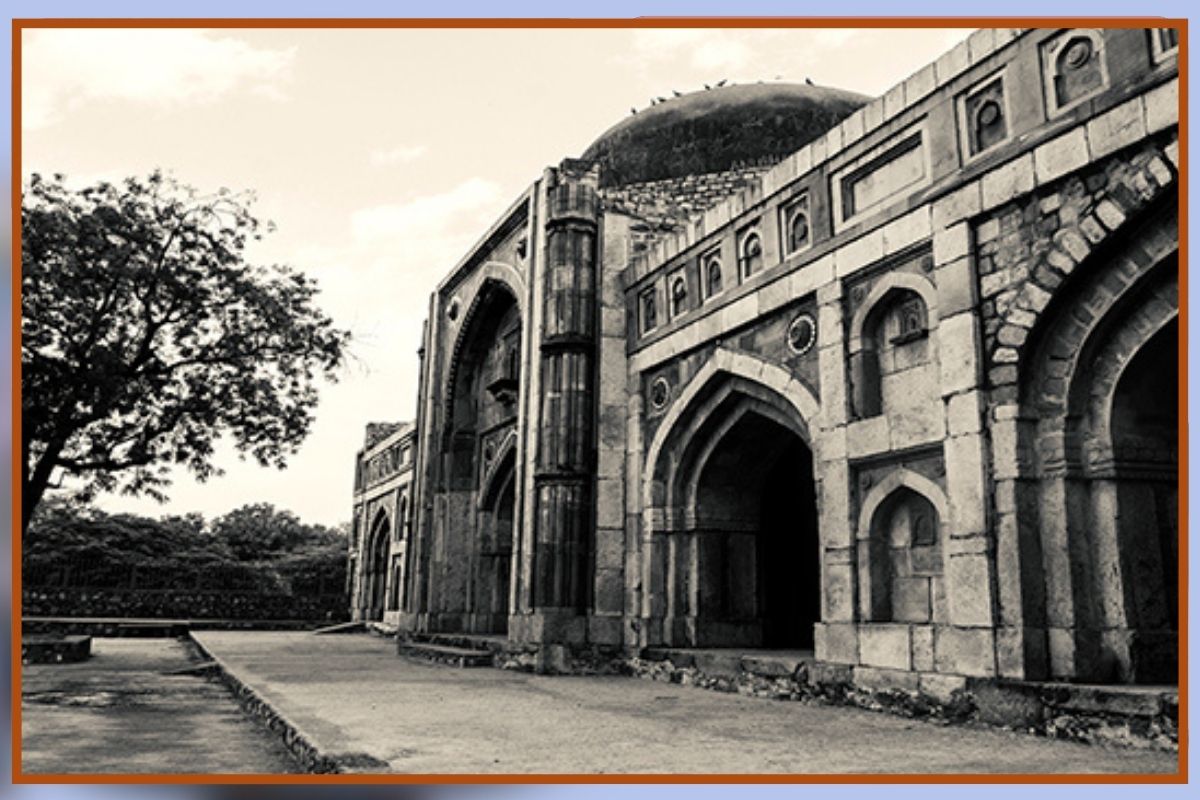
Jamali’s poetry continues to live through inscriptions that still decorate the walls of his tomb. For him, poetry was not just literature; it was prayer, reflection, and a means of guiding others toward spiritual awakening.
After he died in 1535, a tomb was constructed in his memory within the complex, alongside the tomb of Kamali. The identity of Kamali remains shrouded in mystery; some believe he was Jamali’s disciple, others think of him as a close companion, while a few romantic tales even suggest a deeper bond. Regardless of the truth, what remains clear is that their shared resting place embodies harmony, devotion, and companionship, making the complex unique among Delhi’s monuments.
Together, the mosque and tomb stand as a living legacy of Sufi culture, where prayer, poetry, and architecture unite to tell a story much larger than themselves.
Architecture Reflecting the Spirit of an Era
The Jamali Kamali Mosque is considered a pioneer in Mughal mosque design. It marks a transition between the Sultanate’s austere style and the Mughal’s grand, ornate expressions. Built of red sandstone with touches of white marble, it represents the early architectural experiments that later culminated in iconic masterpieces like the Jama Masjid and the mosques of Fatehpur Sikri.
Some of its architectural highlights include:
- Five Arched Prayer Hall: The mosque’s prayer hall features five elegant arches, with the central arch emphasised by a dome. This design highlights the growing influence of symmetry and proportion in early Mughal architecture.
- Carvings and Inscriptions: Quranic verses and medallion patterns decorate the interior, merging artistry with devotion.
- Porch and Towers: The front porch opens into a quiet courtyard, framed by two-storied side structures and octagonal towers at the corners.
- Oriel Windows: At the back, small oriel windows add a subtle charm, blending simplicity with grace.
If the mosque impresses with its architectural harmony, the tomb of Jamali astonishes with its interior decoration.
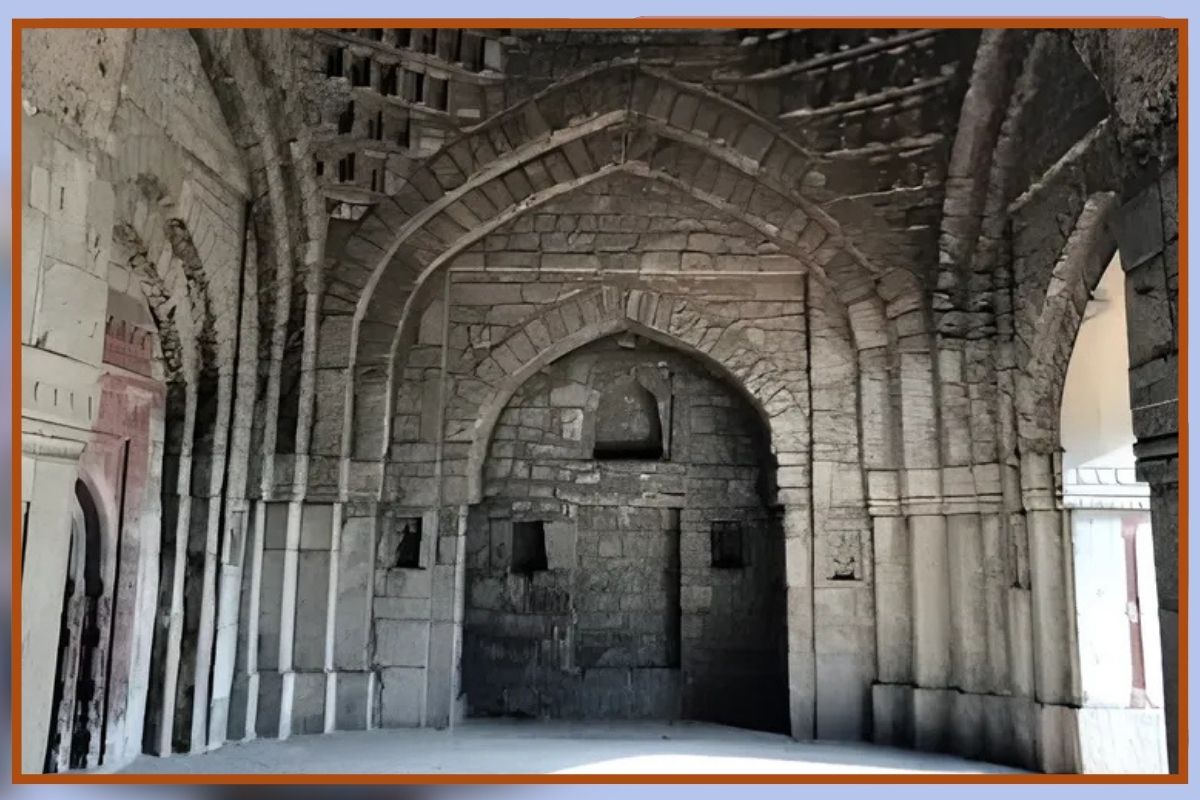
The tomb is a modest, square structure with a flat roof, but stepping inside is like entering a jewel box. The walls and ceiling burst with vibrant hues of blue, red, and turquoise, decorated with Persian-style tiles. Inscriptions of Quranic verses and Jamali’s poetic lines adorn the surfaces, creating an atmosphere that is both artistic and deeply spiritual.
The tomb of Kamali, adjacent to Jamali’s, is much simpler in design. Its lack of ornamentation contrasts beautifully with Jamali’s richly adorned resting place, symbolising balance and companionship. Together, they form a pair, one vibrant, the other serene, capturing the essence of harmony. The entire complex, surrounded by greenery, feels like a sanctuary for reflection, where architecture serves both as shelter and as spiritual expression.
Stories of Mystery and Haunted Legends
No monument of Delhi is complete without its share of legends, and Jamali Kamali is no exception. Over the years, it has gained a reputation as one of Delhi’s most haunted places.
Visitors and locals have reported strange experiences here, including unexplained sounds, flashes of light, and ghostly apparitions. Many attribute these to the spirits of djinns believed to inhabit the complex. Some even claim to feel invisible hands touching them or whispers echoing in the quiet chambers.
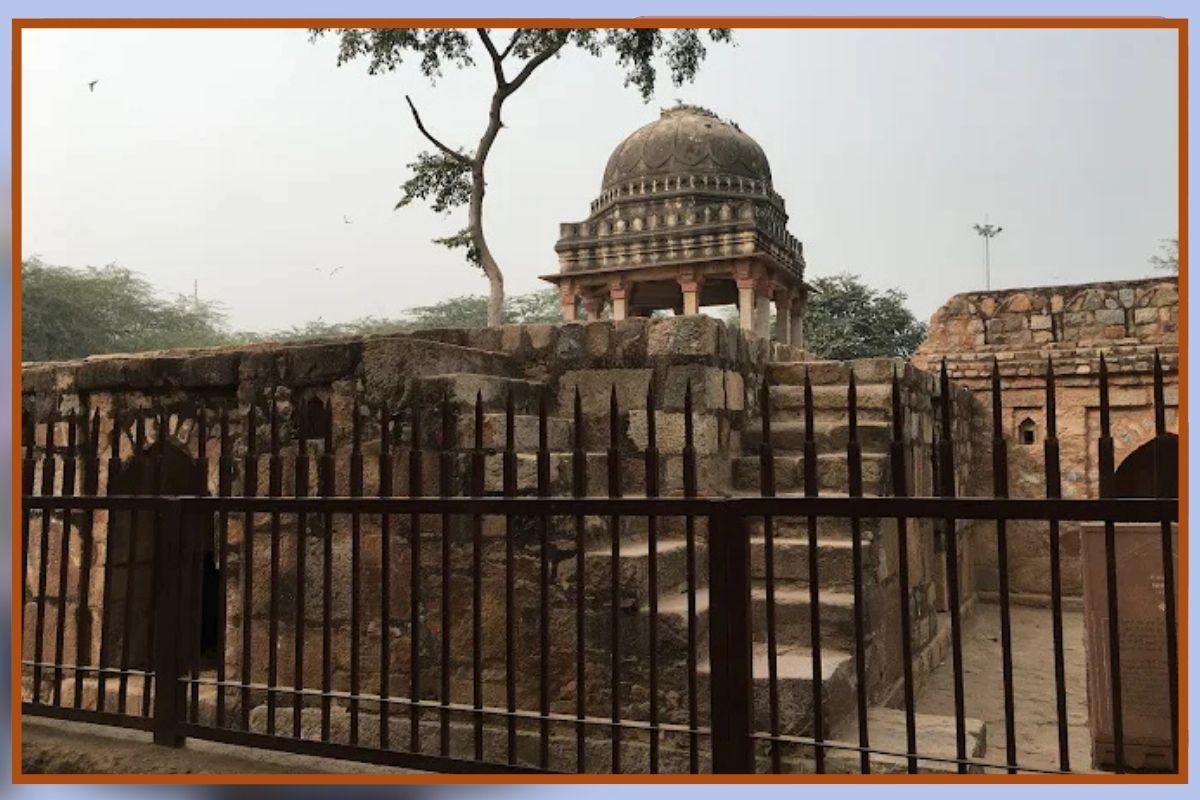
While sceptics dismiss these as mere stories fueled by the site’s eerie silence and age, the legends continue to attract paranormal enthusiasts from across the country. The mystery deepens further due to Kamali’s unknown identity, whose life and bond with Jamali remain wrapped in secrecy.
To preserve the monument, the Archaeological Survey of India (ASI) has placed restrictions: Friday prayers are no longer allowed in the mosque, and the tomb interiors and staircases remain locked most of the time. These measures protect the site’s fragile beauty while adding to its aura of mystery. Whether one believes in ghosts or not, these tales lend the complex a sense of otherworldliness, making it not just a historical site but a place of living legends.
What Makes Jamali Kamali Unique Among Delhi’s Monuments
Several aspects set the Jamali Kamali Mosque and Tomb apart from Delhi’s other historic landmarks:
- Spiritual and Personal Connection: Unlike most tombs built for kings or emperors, this complex honours a Sufi saint and his mysterious companion, blending personal devotion with collective spirituality.
- Early Mughal Innovation: Its architectural style marks an important transitional phase, showcasing Mughal design in its early evolution.
- Artistic Brilliance Inside the Tomb: Jamali’s tomb’s use of colored tiles, Quranic inscriptions, and poetry makes it one of the most artistically decorated interiors in Delhi.
- Seclusion Amidst Chaos: Unlike crowded sites such as Humayun’s Tomb or India Gate, Jamali Kamali sits quietly in Mehrauli, offering a peaceful experience.
- Mystery and Haunted Legends: The folklore of djinns, ghosts, and Kamali’s unknown identity adds layers of cultural intrigue that few monuments possess.
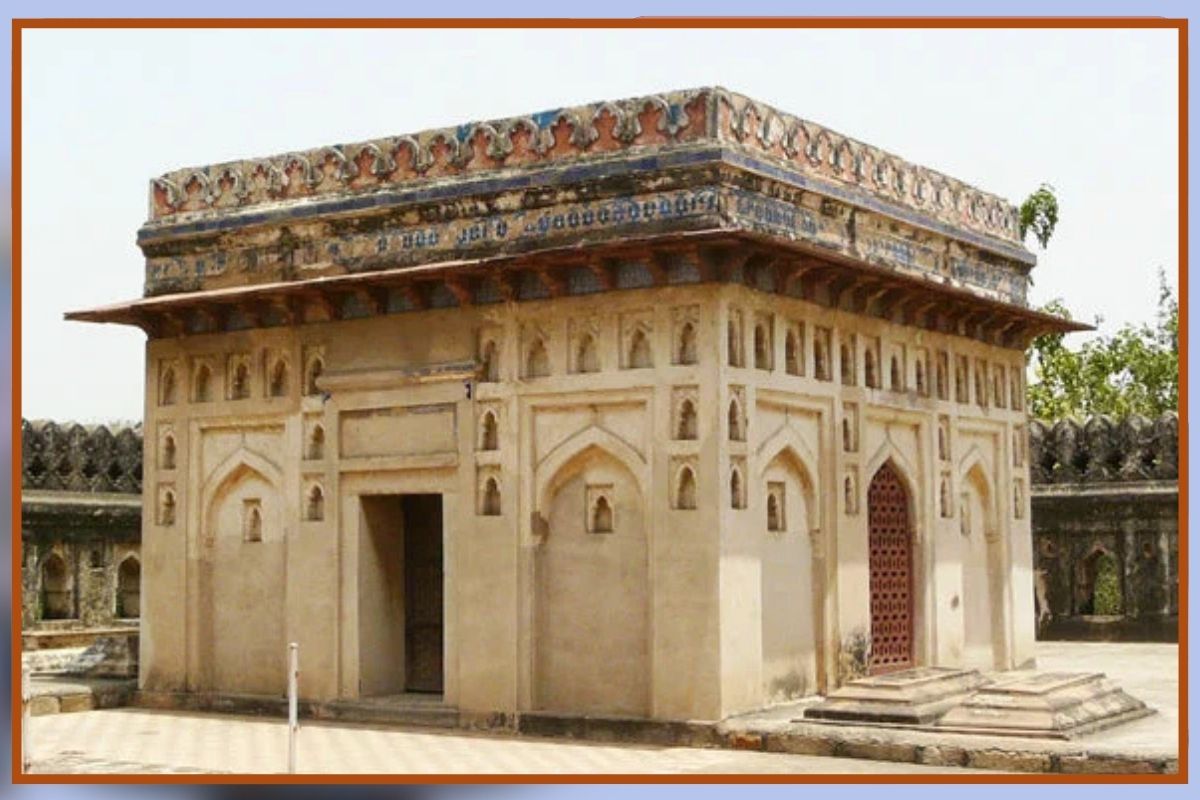
Together, these features make Jamali Kamali Mosque and Tomb not just a historical structure, but an experience of poetry, spirituality, and mystery.
Location and How to Visit
The Jamali Kamali Mosque and Tomb are located inside the Mehrauli Archaeological Park in South Delhi, not far from the Qutub Minar complex.
- Nearest Metro Station: Qutub Minar (Yellow Line). From there, a short auto-rickshaw or cab ride takes you directly to the entrance.
- Timings: Open daily, from sunrise to sunset.
- Entry Fee: Free of cost, making it one of the most accessible monuments for visitors.
- The Best Time to Visit is early morning or late afternoon, when the light enhances the beauty of the structures and the park is less crowded.
While there, it is worth exploring the entire Mehrauli Archaeological Park, home to other remarkable monuments such as Balban’s Tomb, Rajon Ki Baoli, and Metcalfe’s Folly. The park itself is like an open-air museum, narrating Delhi’s layered history from the Sultanate to the British era. Visitors should remember that Jamali Kamali is not just a tourist spot; it remains a sacred site. Respect for its sanctity and silence is essential.
Conservation Efforts
The Archaeological Survey of India oversees the care of the Jamali Kamali complex. Due to its fragile interiors and susceptibility to damage, access to the tombs is often restricted. Photography is permitted, though the low light inside the tomb makes it challenging.
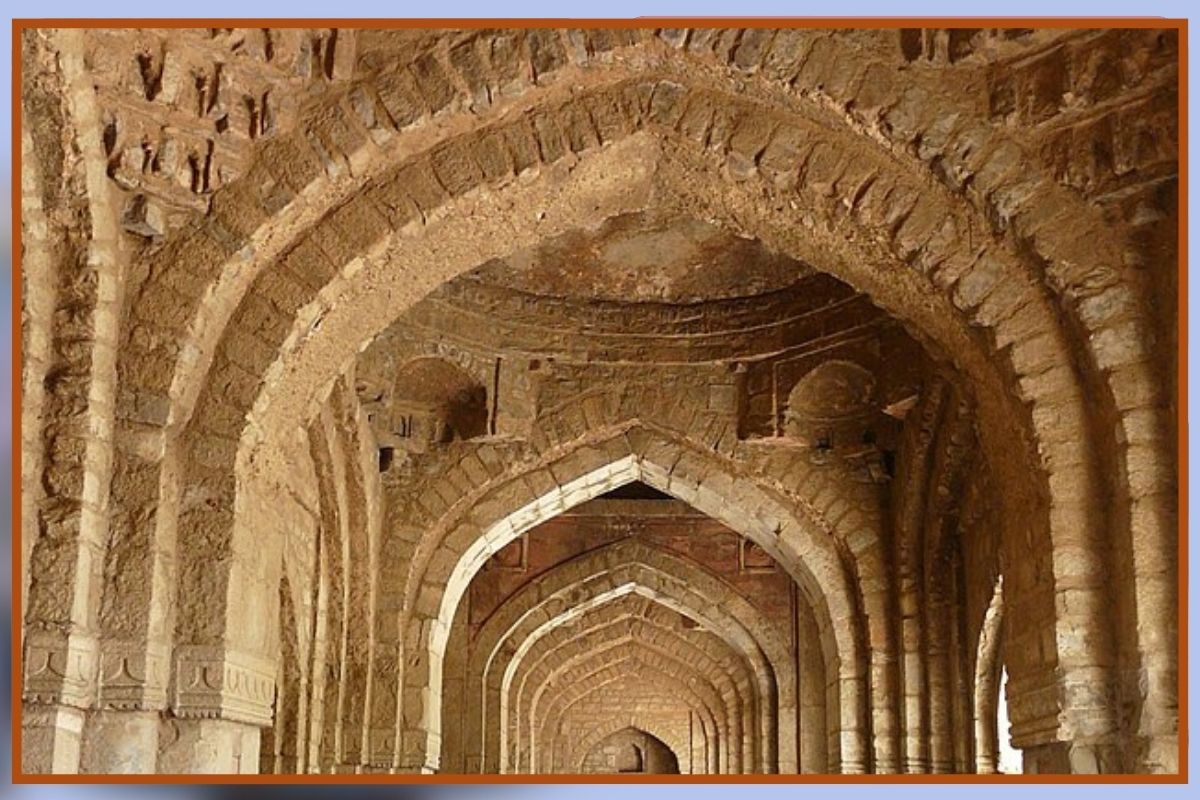
The ASI continues to maintain the structure, balancing the need for preservation with public access. Their work ensures that the site survives as a cultural treasure for generations to come.
Why Jamali Kamali Deserves a Visit
Delhi is a city of monuments, but few are as layered and intriguing as the Jamali Kamali Mosque and Tomb. It offers more than just history; it offers an experience of poetry, spirituality, architecture, and mystery woven together. While the grand Mughal monuments speak of emperors and empires, Jamali Kamali speaks softly of saints, disciples, and the human spirit’s search for the divine. Its quiet charm, combined with haunting legends, makes it one of Delhi’s most unusual yet rewarding heritage sites.
For history lovers, it reveals the roots of Mughal architecture. For spiritual seekers, it provides a space of reflection. For travellers, it offers a hidden escape into Delhi’s layered past.
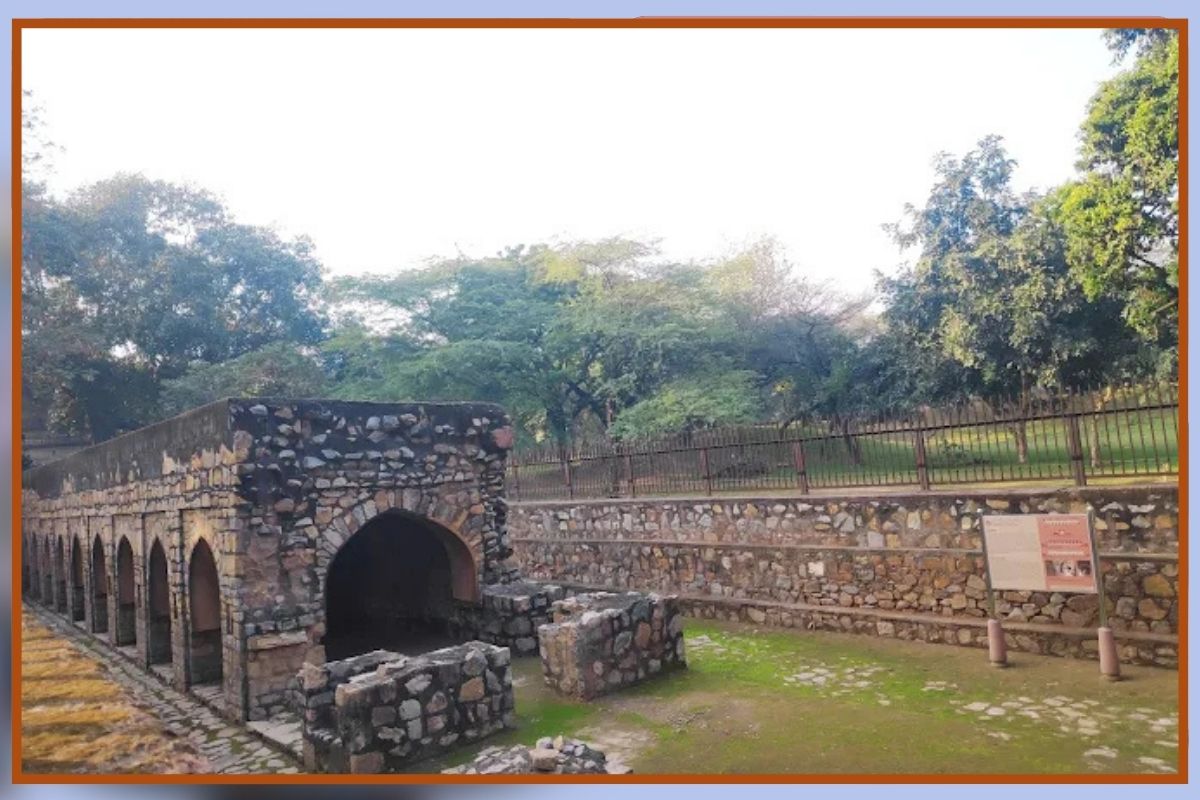
Poetry, Spirit, and Mystery in the Heart of Delhi
The Jamali Kamali Mosque and Tomb remain one of Delhi’s most fascinating hidden treasures. Built in the early 16th century, it reflects the transition of architectural styles, the depth of Sufi spirituality, and the eternal mystery of human bonds and legends.
In its arches, one finds the early ambitions of Mughal design. In its tomb, poetry is etched into stone. In its legends, one feels the whispers of Delhi’s unseen past. More than a monument, Jamali Kamali is an invitation to slow down, reflect, and connect with history beyond what is written. Amidst Delhi’s urban sprawl, it stands as a rare sanctuary, waiting to be rediscovered by those willing to listen to its silent stories.
Also Read: Ustad Bismillah Khan: Shehnai Maestro Who United India Through Music
You can connect with DNN24 on Facebook, Twitter, and Instagram and subscribe to our YouTube channel.

